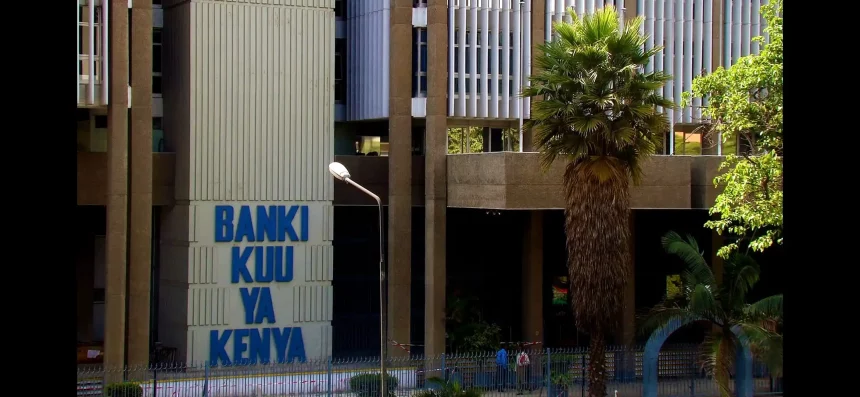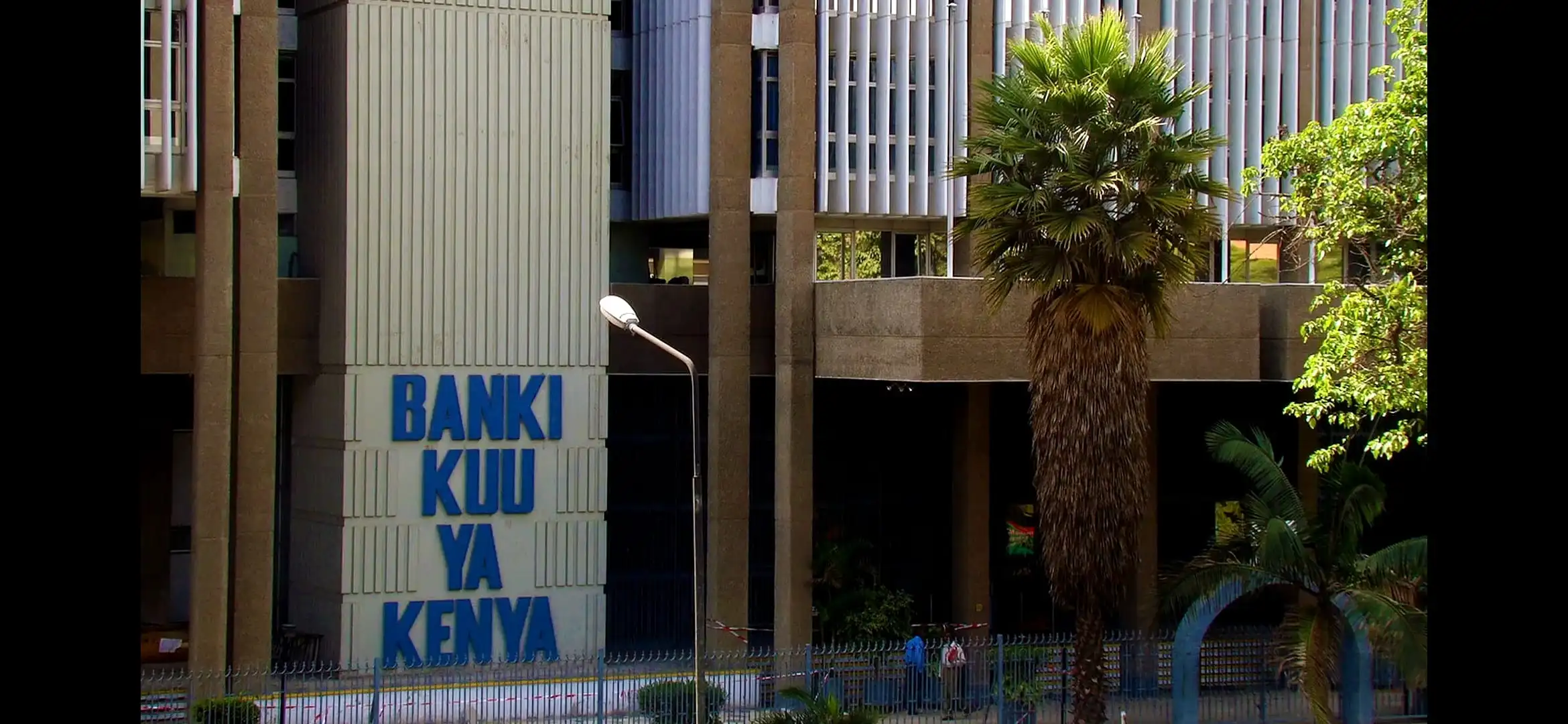Borrowers have defaulted on extra Sh82.9 billion bank loans in just four months, signalling the economic struggles that have seen the share of non-performing loans hit a 16-year high.
Latest Central Bank of Kenya (CBK) data show the non-performing loans (NPLs) ratio— the proportion of loans for which no interest or principal has been received for at least three months—hit 14.9 percent in May from 13.3 percent in December, as the stock of bad loans piled.
The stock of bad loans rose from Sh487.7 billion in December to close April at Sh570.6 billion, with the worsening of the NPLs ratio in May pointing to a further rise in non-payments.
At 14.9 percent, the latest NPL ratio is only worse than the 15.04 percent that the banking sector posted 16 years ago in June 2007 when the gross loan book stood at Sh470 billion and gross defaults were Sh70.7 billion.
The gross defaults have surpassed the Sh570.6 billion in May, with CBK saying spikes in NPLs were noted in the manufacturing, trade, real estate and transport and communication sectors.
CBK Governor Kamau Thugge said the rising defaults were linked to the prevailing tight economic conditions as well as the many individuals and businesses awaiting payments from national and county governments.
“Part of the reason why NPLs have been increasing is broadly into two areas. One is the business environment and the other is the fact that the national government as well as the county governments have not been paying some of their suppliers,” said Dr Thugge during post monetary policy meeting (MPC) briefing on Tuesday.
Many of these contractors and suppliers tap loans from banks on the strength that government cannot default on paying but the lengthy period taken to be paid has made it difficult for them to keep up with servicing their loans.
The Treasury has struggled to keep up with settling suppliers’ debt on time, with late disbursements of allocations to counties also triggering a pile-up of pending bills in the devolved units.
The Treasury data show outstanding national government pending bills at the end of March stood at Sh537.2 billion, marking a 23.6 percent growth from Sh434.5 billion in a similar period last year.
That of counties was at Sh159.7 billion in March.
Equity Group chief credit officer Emmanuel Mac Deh said during the group’s annual general meeting the bank had formed a special unit to look into loans lagging behind on repayments.
“We continue to do early alert meetings. We have created a special assets unit that will look at restructures when it is necessary. In a challenging environment, you go back to the basics, which means keeping exposures to short term and selectively to medium term,” he said.
Dr Thugge said the Treasury had in the past month received money from various sources, including $1 billion (Sh140.4 billion) from the World Bank and local infrastructure bond, which he expects to help settle part of the pending bills and stem further rise in NPLs.
“We expect that the National Treasury will actually now spend and also transfer the resources that are required to the county governments. With both national and county governments paying, we would expect that the level of NPLs would decline,” he said.
Treasury Cabinet secretary Njuguna Ndung’u said in his Budget Speech the managing of pending bills would form “an important benchmark” upon which the overall integrity of the government’s style of financial management will be tested and judged.
“The delay in settling payments of pending bills has led to the deterioration of financial positions of businesses in particular micro, small and medium enterprises, including businesses owned by women, youth and persons with disabilities,” said Prof Ndung’u.
But the settling of the pending bills looks set to delay, with the Cabinet on Tuesday having approved the formation of a special pending bills audit committee that will have up to a year to submit its final report.
The committee will be expected to analyse the stock of all pending bills and advise on how the bills will be settled—a process that could take months before the actual paying starts, going by a previous similar process that was carried out by counties.
Many newly elected governors in September last year started forming pending bills taskforces to pore through massive records and even physically inspect the projects done or goods supplied before deciding to pay.
The Public Finance Management Act, of 2012 requires government entities to clear pending bills as a first charge on the budget but this has not been happening despite threats by the Treasury not to release money to entities with such bills.




